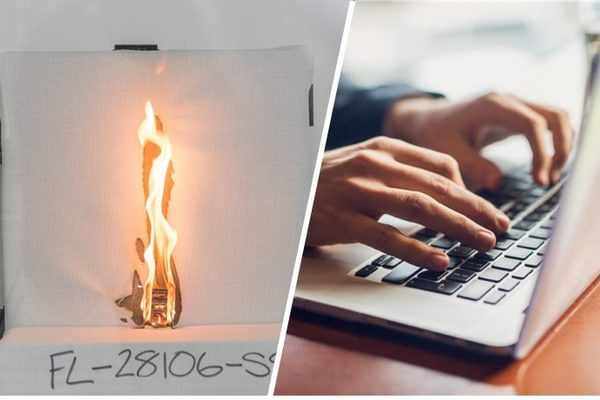At a glance:
The Furniture and Furnishings (Fire) (Safety) Regulations 1988 (amended 1989, 1993 and 2010) are UK law and are designed to ensure that upholstery components and composites used for furniture supplied in the UK meet specified ignition resistance levels.
There are six main elements contained within the Regulations:
- Filling materials must meet specified ignition requirements
- Upholstery composites must be cigarette resistant
- Covers must be match resistant (with certain exceptions as outlined in Section 8.2 and Appendix A5 of the guide)
- A permanent label must be fitted to every item of new furniture (with the exception of mattresses and bed-bases)
- A display label must be fitted to every item of new furniture at the point of sale (with the exception of mattresses, bed-bases, pillows, scatter cushions, seat pads, loose covers sold separately from the furniture and stretch covers)
- The first supplier of domestic upholstered furniture in the UK must maintain records for five years to prove compliance.
This guide intends to outline the Regulations, reflect the current practice and changes in the industry, clarify and address areas of current debate, anomalies and ambiguities which often result in misinterpretation of the Regulations and outline the responsibilities of different organisations in the furniture supply chain such as manufacturers, importers and retailers.
Highlights:
- Summary to the Furniture and Furnishings (Fire) (Safety) Regulations 1988 (amended 1989, 1993 and 2010)
- Product ranges covered by the Regulations
- Testing
- Labelling
- Record keeping
- Specific responsibilities relating to upholstery
- Specific responsibilities relating to re-upholsterers 19
- Specific responsibilities relating to other sectors (including charities, letting, holiday homes, landlords etc.)
- Specific information and exceptions for product ranges (including sofa beds, scatter cushions, covers etc.)





